
Two weeks ago at Bhaktivedanta Manor, a new garden was dedicated to Srila Prabhupada and his disciples. Since it was the week in which we were celebrating the 50th anniversary of the formal establishment of ISKCON, I gave the following speech:
If you would please look up and cast your eyes behind me towards this sequoia tree. It’s at least 100 feet high. It was planted here in the 1880s by a gardener who never got to see it the way we can see it today. This tree is one of 183 trees here at the Bhaktivedanta Manor. I’d like to think it has its own personality. Certainly it has heard more kirtan than most sequoias.
At sometimes 200 – 300 feet high, the sequoia tree is one of the largest living things in the world and can live for more than three thousand years. A tree like this can produce 250 seeds from every cone. And a mature tree can produce thousands of cones.
Now, the seed of the sequoia is tiny – only 5 millimetres long. Yet inside a tiny seed is everything needed to grow an entire tree. Think of that for a while. An entire tree inside a tiny seed. Something that will live for three thousand years, inside a tiny seed. Inside the cone is a special chemical which only allows the seeds to fall when the moisture level is just right. Inside the seeds there are so many working parts with wonderful names: vacuoles, ribosomes, mitochondria and endoplasmic reticulum. And inside them there is intricate coding – every single detail of the future tree is there.
So within the seed is both the essence of the sequoia tree – the essence that will make it different from all other trees – as well as the specific coding that will form the trunk, branches, twigs and cones, coding that will help the tree to grow, stand tall, and endure for centuries. The essence and the structure – both are needed.
In any area of human life, when someone begins an endeavour – especially one they hope will endure for a long time, they are, in effect, planting a seed. By their aspirations, their vision of the final result, and by their determination, they plant a seed. And, provided the conditions are right, it will grow.
The growth of a spiritual movement, such as ours, depends on the flow of grace from the divine source and the aspirations and channelled energy of the spiritual seeker. It is said that God reaches down to the soul and the soul reaches upwards to God. And where they meet is called the guru.
The interplay between guru and disciple allows for the transmission of intricate spiritual coding. By sincere enquiry and service, by following the compassionate guidance of the guru and making himself a vessel for the guru’s wisdom and grace, the disciple can begin to grow upwards. But through the disciples the guru also grows. His ability to help the world grows as his disciples reach out to others. They multiply his ability to give Krishna. Guru and disciple together make a spiritual movement.
In the case of a tree, in the beginning there is but a small stirring in the soil. But as the years pass the small sapling grows into a magnificent, tall tree with many branches and hundreds of twigs on every branch. In the case of a spiritual movement, inspired followers attract more followers and a small band of disciples grows into a movement. It takes time, and the growth may not always be apparent, but it grows.

From this small seed comes a tree that can grow to three hundred feet and last for thousands of years. With the establishment of ISKCON Srila Prabhupada planted a seed for centuries to come.
50 years ago, our founder and acarya His Divine Grace A.C. Bhaktivedanta Swami Prabhupada planted a seed. He brought into existence a society whose specific name he chose and whose specific shape he carefully formed. The original group of early followers might have been bemused to learn the name of the organisation typed up on the deeds of incorporation: the International Society for Krishna Consciousness – ISKCON. There were no assets to speak of and with only one room in a back street of New York there was no way it could be described as even the New York State Society for Krishna Consciousness, what to speak of the American Society for Krishna Consciousness. And international? What a preposterous and utopian idea!
Yet with the signing of that document – the planting of the seed for his future organisation – Srila Prabhupada gave all the natural coding for the growth that was to come. The love and gratitude of his disciples, their enthusiasm to do his bidding, and his daily teaching and careful guidance, all formed the perfect setting for growth to take place.
There is an old Irish story of a farmer who looks up from his field towards the nearby road and sees a saintly man walking. “Where are you going, sir?” he asks. “Oh, I’m going to start a religious movement,” replies the saint. Then the farmer sees the devil walking some yards behind and asks him: “Why are you following the saint?” “Oh, I’m going to help him organise his religious movement,” he replies with a grin.
We don’t trust organisations. They can be very tricky things. It’s not always easy for human beings to work together as an organisation – we are all independent and we are needy in so many ways. Yet an organisation is, in effect, nothing more than a living organism- like this tree – but made up of humans. An organism is something alive that contains organs – parts that perform certain functions for the welfare of the whole body. An organisation is an organism where those organs are made up of teams of humans working together.
Now, it is true that sequoia trees, or anthills, or beehives, function much better as living systems than humans do when they try to work together. We just don’t get along like ants or bees, or like the living organism of the tree. A survey conducted by Yale University found that in the 20th century the lifespan of the average S&P Index listed American company fell from 67 years to just 15. So at 50 years old, ISKCON is already bucking the odds by a factor of three.
Our company, ISKCON, is by ordinary calculation a company that should either be struggling or have gone out of business already. Consider the fragility of an organisation that promotes education in spiritual values, pays its members no dividends and depends mainly on voluntary contributions; that extols virtues that most of the world considers vices, and that runs counter to many of the intellectual notions held sacred by the world. Surely such an organisation should have collapsed by now.
Yet against all the odds, and despite some irregularities, Srila Prabhupada’s movement has endured, grown and prospered – and has reached its half century. This is something to be applauded. The secret of ISKCON’s success so far is an open secret: Srila Prabhupada planted the seed and the information content of that seed was very high. Not only the Sanskrit texts and teachings of ancient wisdom, but the careful guidance of how the structure was to grow, flourish and expand. How the members of his movement should work together, and how the resulting movement would spread and sweep up many more people in its embrace.
At the heart of it is the relationship of those early disciples with their master; a special friendship grounded in the sincere exchange of enquiry and revelation. From the master came wisdom so encouraging that it changed their young lives, and they offered grateful service to a person who they knew loved them. It was the oldest of all relationships, the guru-sisya sambandha.
Disciples gave their entire youth to Srila Prabhupada. The years normally spent in learning and making a home were sacrificed so that the seed of his divine tree, ISKCON, could be planted. We who enjoy membership of ISKCON today know that without those early disciples and their love for their spiritual master, we would not be here. So today we salute them and we thank them for their life of service. Some of them are gathered here today. We thank you and applaud your gift to us. This garden, this guru-sisya udyana, is dedicated to you and your relationship with Srila Prabhupada. Let this garden always remind us of how you served him, of the divine exchange between guru and disciple, and of the efforts you took to bring us all to Srila Prabhupada, and the International Society for Krishna Consciousness.



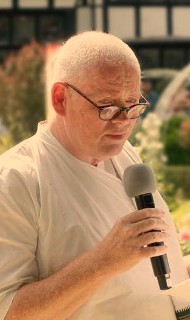 By Kripamoya das
By Kripamoya das
 By Hari Narayana das
By Hari Narayana das By Festival Of India
By Festival Of India




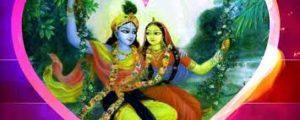

 Monthly sankirtan Festival(MSF)
Monthly sankirtan Festival(MSF)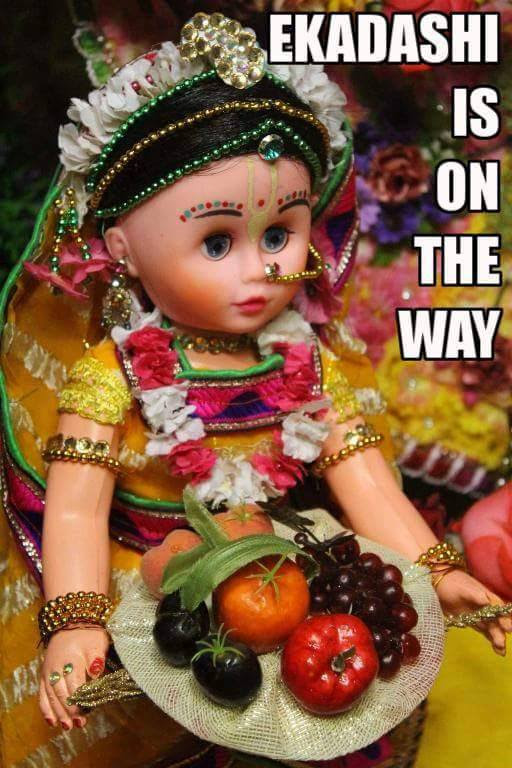 Fasting For Pavitropana Ekadasi
Fasting For Pavitropana Ekadasi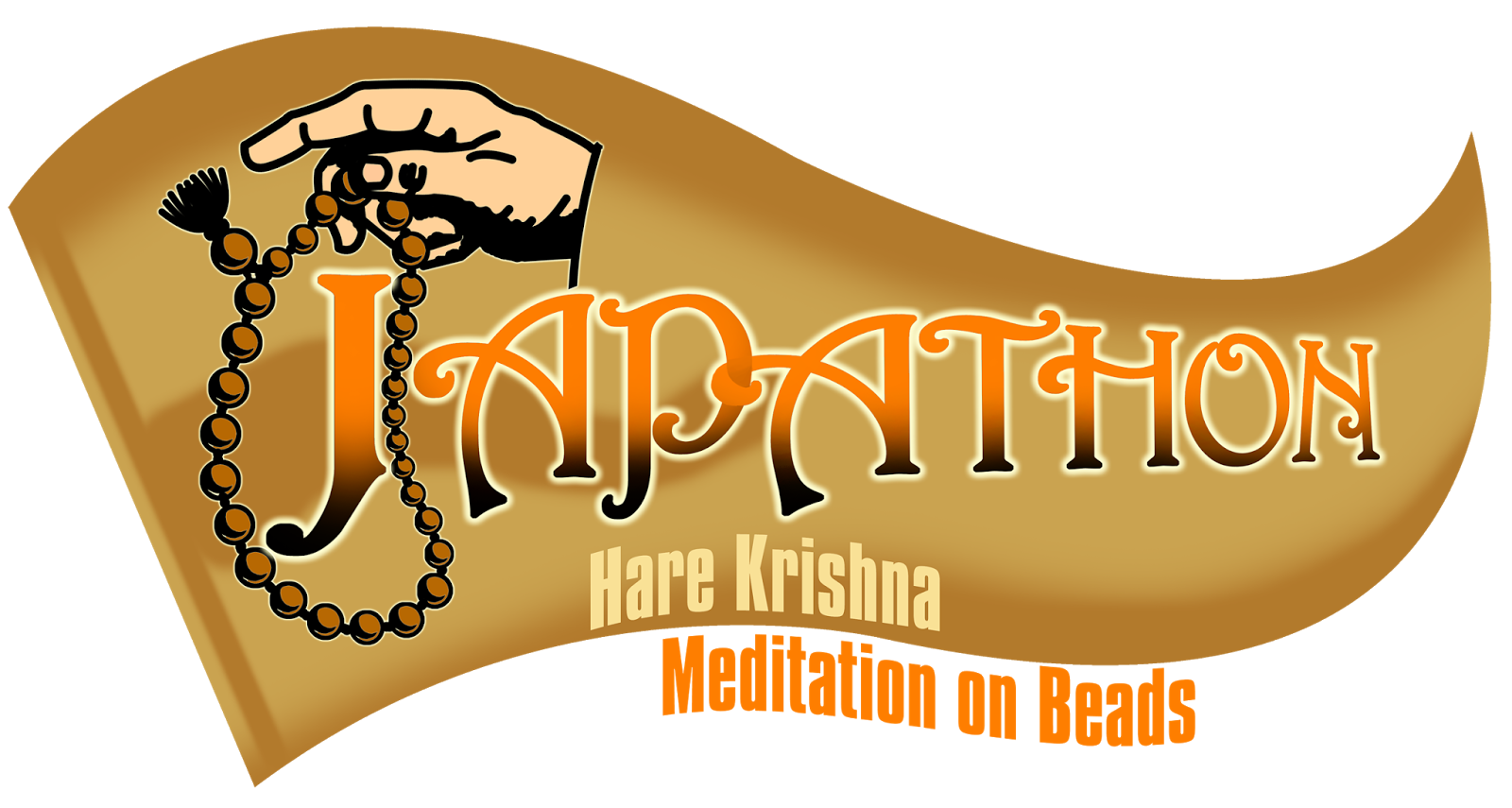
 IB Vaishnavi Sanga
IB Vaishnavi Sanga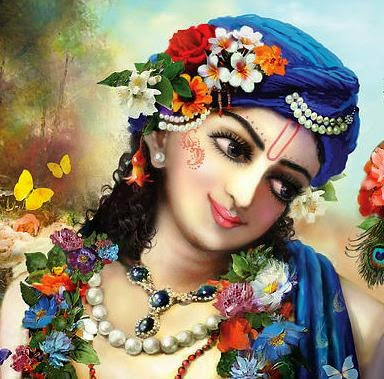 Lord Balaram Jayanti(Fasting till
Lord Balaram Jayanti(Fasting till 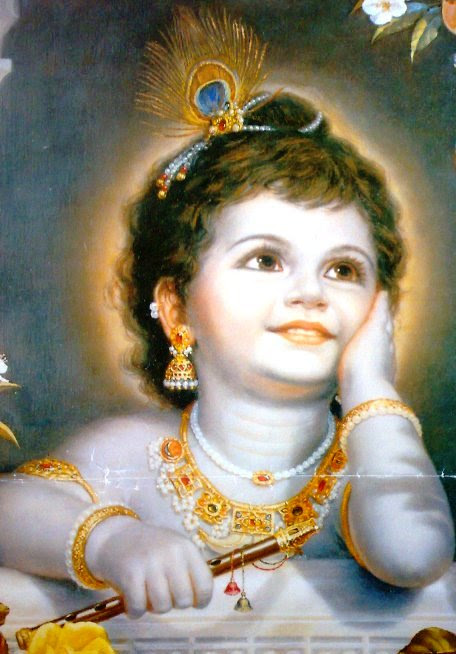 Sri Krishna Janmashtami(Fasting till
Sri Krishna Janmashtami(Fasting till 
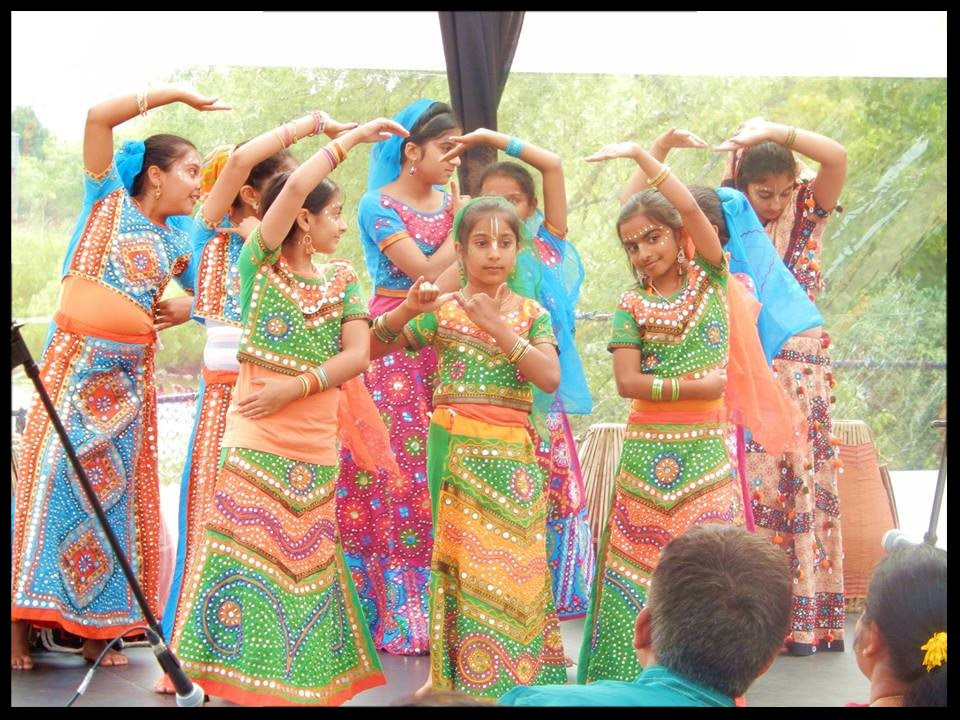
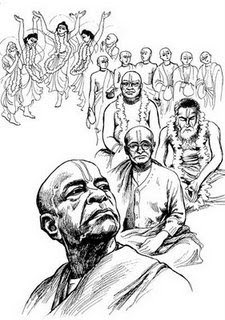 The Mentorship Program
The Mentorship Program









 By Vrajendranandan Das
By Vrajendranandan Das By Vrajendranandan Das
By Vrajendranandan Das
 By Krishna Monks
By Krishna Monks







